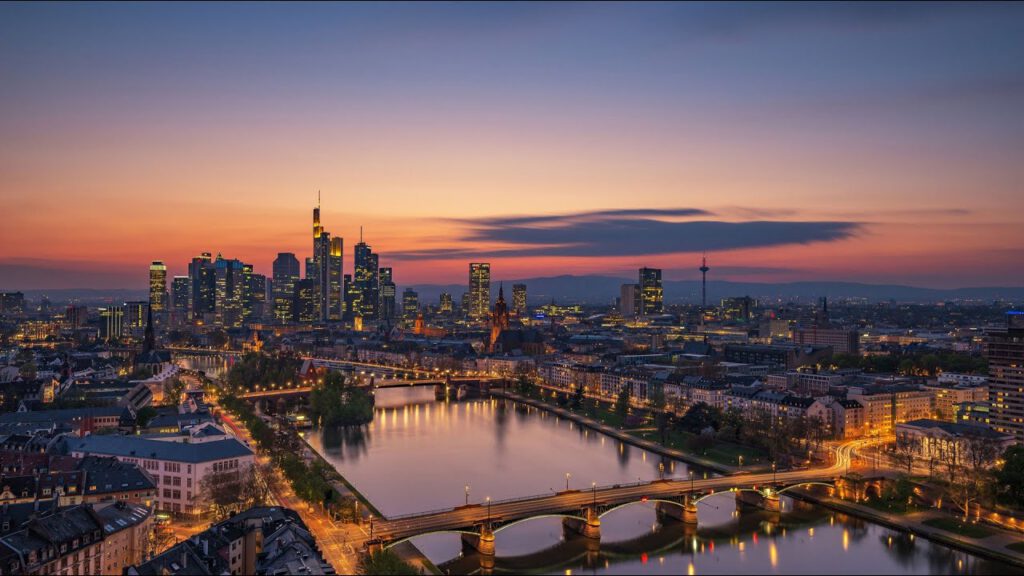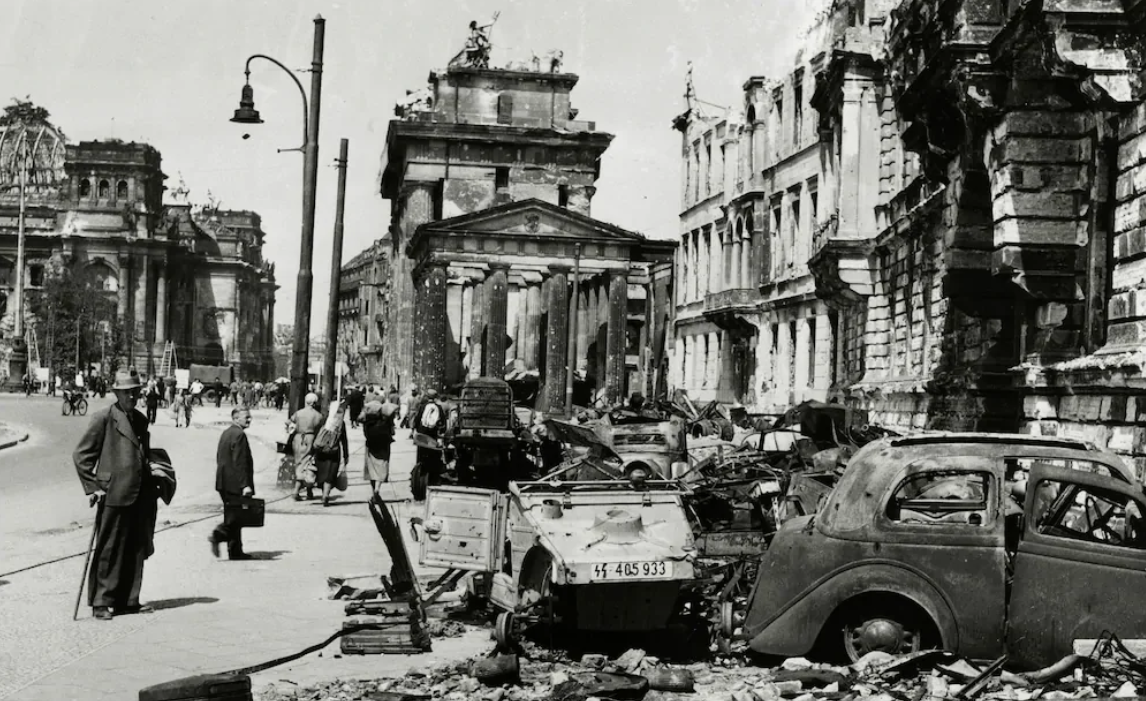
Frankfurt has been a witness to many important events in Germany’s history. During the 20th century, the city saw the destruction of World War II, a time of great devastation. After the war, Frankfurt faced many challenges as it tried to rebuild. The city also had to deal with the rise of fascism and political violence, which were huge parts of Germany’s past. But over time, Frankfurt started to grow again and became a symbol of reconstruction and hope for the future. The events that took place in Frankfurt helped shape Germany’s story, showing how the country learned from its mistakes.
Today, Frankfurt is still a place that reflects on its past. The city’s history is full of important moments that helped shape the modern world. From the effects of fascism to intellectual movements, Frankfurt’s role in these significant events has made it a key part of Germany’s journey. The article looks at how these events have made Frankfurt the city it is today, dealing with the lessons learned from the past and the ongoing fight against extremism.
The Bombing of Frankfurt (1944)
In 1944, Frankfurt became one of the most important targets for the Allied bombing during World War II. The city was very important to Nazi Germany because it had many factories and was a key financial center for the country. On March 22, the RAF (Royal Air Force) carried out one of the biggest bombing raids on Frankfurt. They were sending over 800 aircraft to drop about 3,000 tons of bombs on the city. The main goal of the bombing was to destroy Frankfurt’s industrial areas, railway stations, and other important places that helped Nazi Germany keep fighting in the war. The city also played a big role in the economy, so attacking it would hurt Germany’s war efforts even more.
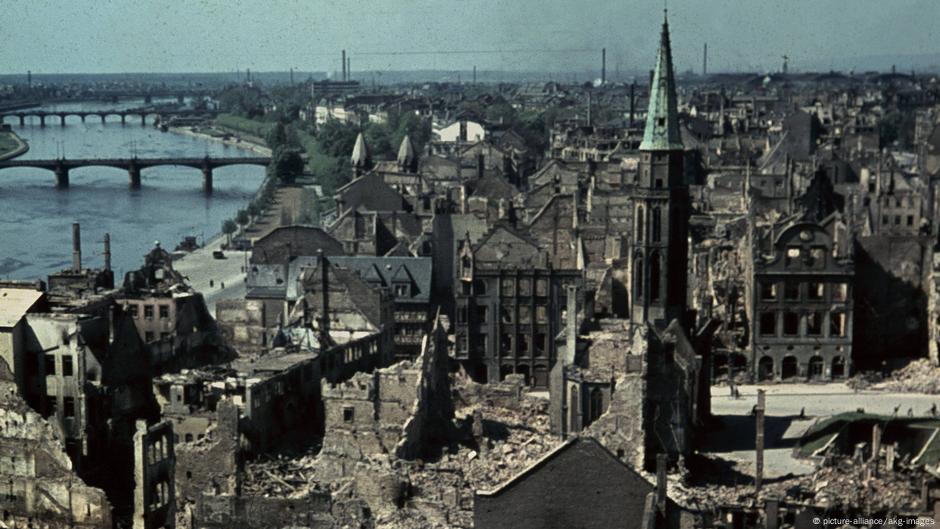
The bombing caused huge damage to Frankfurt. The medieval city center, including the famous Römerberg square, was almost completely destroyed, and large parts of the city’s factories were wiped out. Many important buildings were hit, and 80% of the city’s infrastructure—the roads, railways, and other important parts of the city—lay in ruins. Around 5,500 people were killed in the air raids. The damage was so bad that it changed Frankfurt’s urban landscape forever. The bombing made it harder for the city to work and produce things, which was the plan. But after the war, Frankfurt had to rebuild everything, starting almost from scratch. It took many years to recover, but Frankfurt became a symbol of reconstruction. The city was rebuilt with a new, modern look, including the famous glass and steel skyscrapers that we see today.
The bombing of Frankfurt was one of many attacks on German cities during the war. Even though it caused a lot of damage, it showed how strong the city was to recover. The city had to deal with so much destruction, but in the end, it became one of the most modern cities in Germany. The Allied bombing of Frankfurt changed the city forever, but it also marked the start of a new chapter for Germany as it rebuilt after the war.
Frankfurt School and the Rise of National Socialism
The Frankfurt School, also known as the Institute for Social Research, was founded in 1923 and became very important during the rise of National Socialism in Germany. The scholars from this school, like Max Horkheimer, Theodor Adorno, Herbert Marcuse, and Erich Fromm, created something called critical theory to help understand the social and psychological dynamics of fascism. They wanted to explain how the Nazi Party grew stronger in the early 1930s and how this led to Hitler becoming Chancellor in 1933. These scholars studied Marx’s economic analysis, which looked at how society and its economy work, but they also used ideas from psychology, sociology, and philosophy to see the bigger picture of how people think and behave during a time of danger.
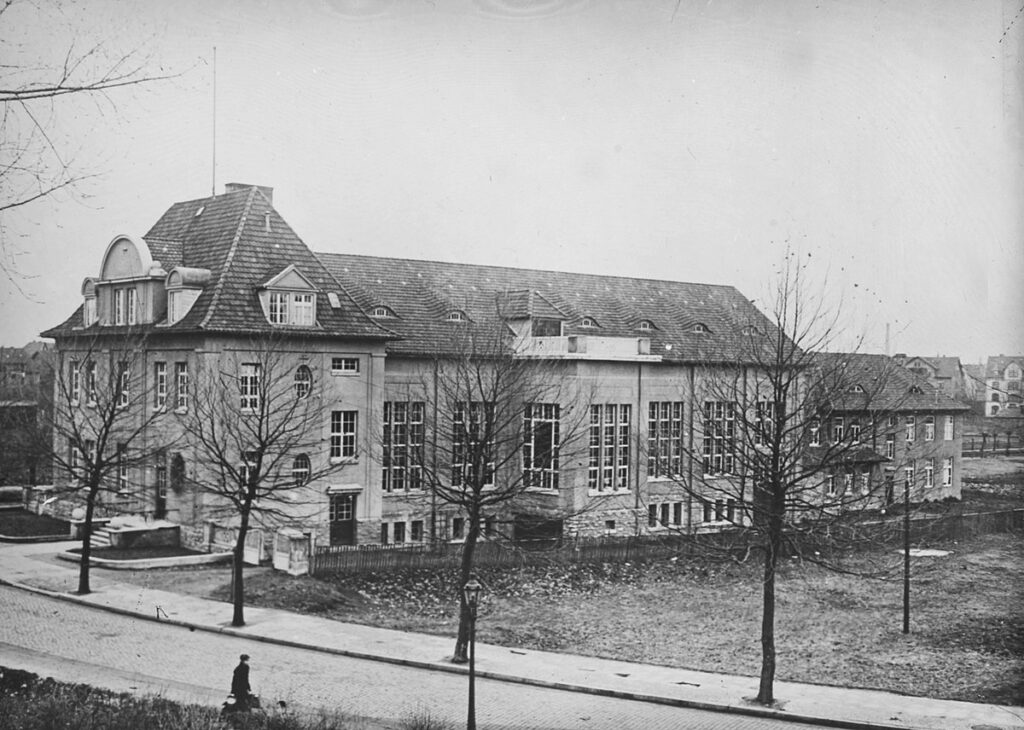
When the Nazi Party rose to power, the Frankfurt School‘s scholars, who had Marxist views and were of Jewish heritage, had to flee Germany to escape. They went to Geneva first, and then later to New York, where they were welcomed at Columbia University. This time in exile helped them work on important ideas. One of their famous works was “Dialectic of Enlightenment” by Horkheimer and Adorno. They explored how rational thinking could live alongside barbarism (cruel and violent actions), how mass media could control and manipulate people, and how authoritarian personalities were formed. Their ideas about how capitalism, mass culture, and authoritarianism were connected are still important today in discussions about democracy and extremism. These scholars showed that understanding the past can help us deal with modern challenges like these.
The 1973 Frankfurt Riots
The 1973 Frankfurt Riots were a key event in Germany’s post-war history, marking a significant moment in the country’s social movements. The riots began with the illegal occupation of abandoned buildings in the Westend district by students and activists who were protesting against property speculation and housing shortages. Tensions grew when authorities tried to evict the squatters, which led to clashes. The protests were part of a larger wave of social changes in West Germany during the early 1970s, where there was rising tension between conservative forces and progressive movements, especially among young people inspired by the global student movements of 1968.
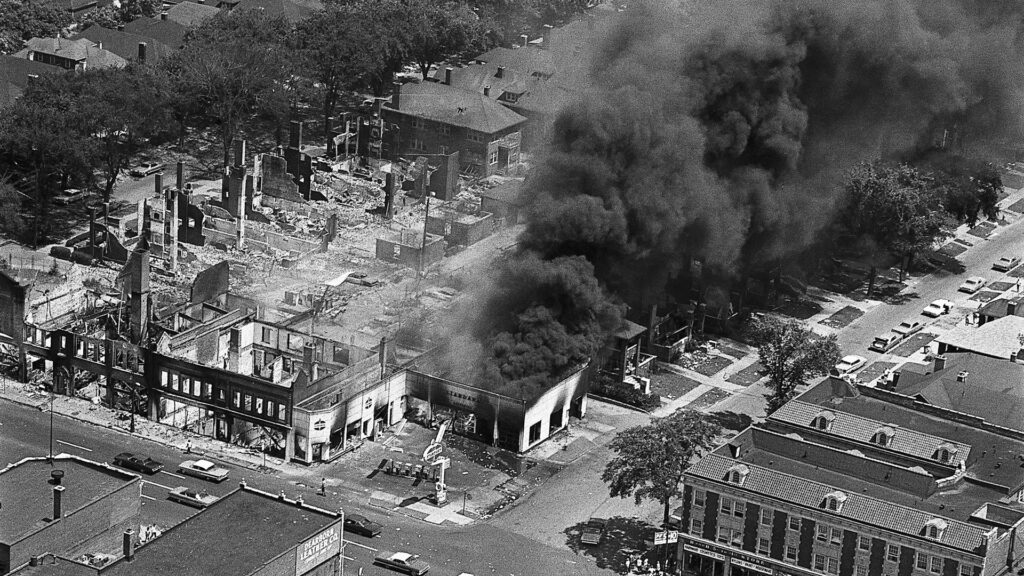
Frankfurt, known as a major financial center, became a focus for critiques of capitalism and urban development policies. The housing crisis in major German cities added to the unrest, highlighting the conflict between profit-driven urban development and social needs. These events sparked new forms of political protest and were significant in the rise of movements like the squatter movement (Hausbesetzerbewegung) and the Green movement. The riots also gave rise to a growing alternative culture in Germany. This period not only shaped urban policies but also changed how citizens viewed the relationship with state authority.
The Killing of Walter Lübcke (2019)
The murder of Walter Lübcke, who was the district president of Kassel in Hesse, shocked the country. This event was a shocking escalation of right-wing extremist violence in modern Germany. Lübcke was a member of the Christian Democratic Union (CDU) and was shot dead outside his home on June 2, 2019. The person who killed him was motivated by Lübcke’s pro-refugee stance and his public support for Angela Merkel’s immigration policies. These policies were not liked by some people, especially those who were against helping refugees.
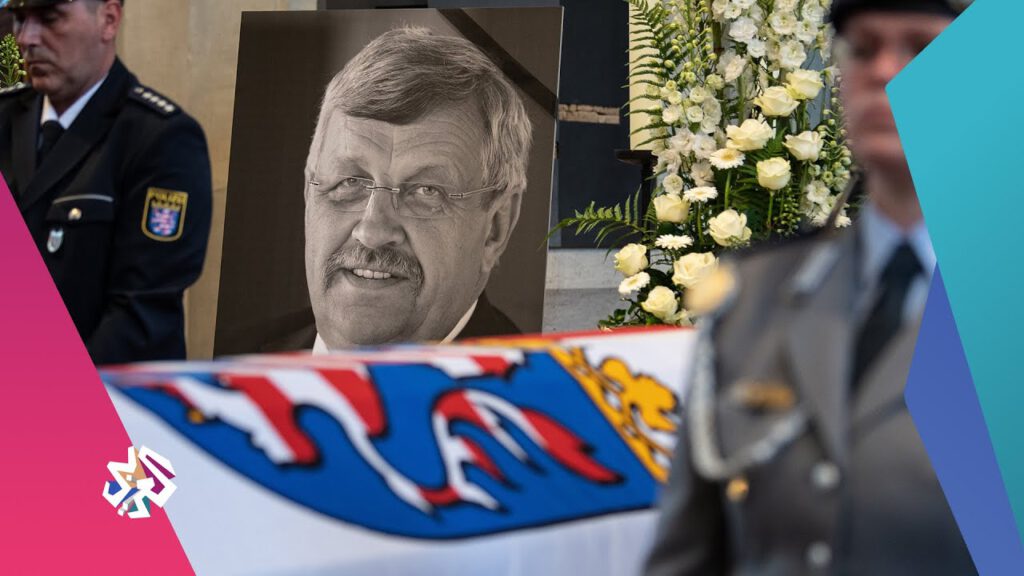
This murder was a big wake-up call for Germany. It showed that right-wing extremist violence was becoming more dangerous. Many people were upset by how someone could attack a politician just because they supported refugees and their rights. It also made people worry about how safe public leaders were, especially when they stood up for immigration and refugees. The killing of Walter Lübcke left a lasting impact on the country and made people think more about the dangers of extreme views.
The case showed some worrying trends in Germany today:
The Rise of Far-Right Extremism
The murder of Walter Lübcke was the first political assassination by right-wing extremists in Germany since the time of the Nazi era. It showed how these far-right groups were becoming bolder and more willing to use violence against leaders who supported democracy.
Online Radicalization
The investigation found out how online hate speech and social media groups helped the killer become more extreme. Walter Lübcke had received many online threats and abuse, especially after a 2015 meeting where he spoke in favor of helping refugees and supporting Germany’s humanitarian duties.
Continuity of Historical Patterns
The killing also reminded people that the danger of right-wing extremism still exists in Germany, even though the country has worked hard to remember and learn from its Nazi history. It started a new discussion about whether Germany’s efforts to fight far-right ideas were truly working.
